Apple iPhone 15 vs. iPhone 14: There's a clear winner here
Looking to upgrade? Here's why you should get the iPhone 15.
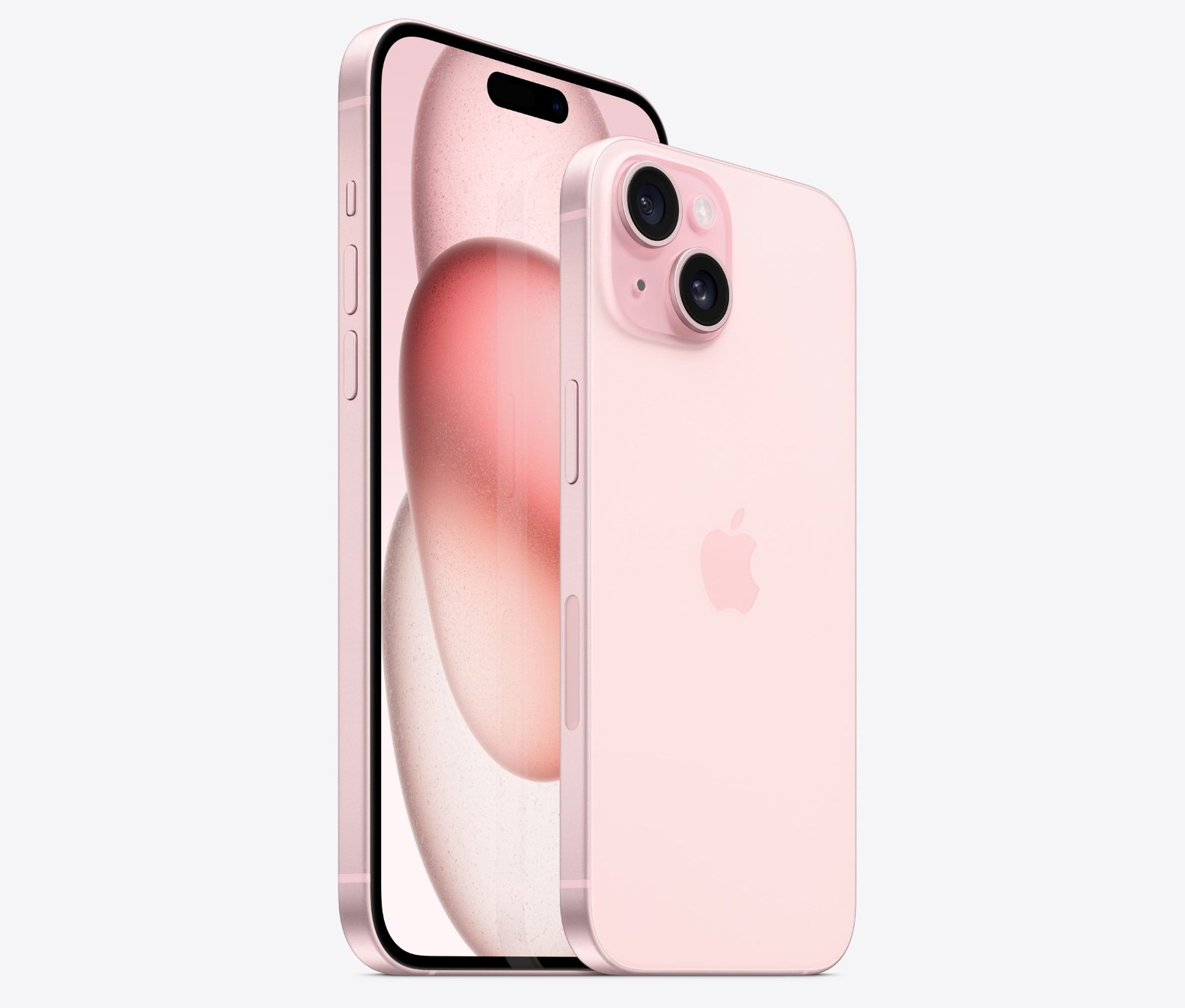
Pro upgrades
Apple isn't known to deliver huge upgrades on a yearly basis, but it is being uncharacteristically generous with the iPhone 15. The phone is basically identical to last year's iPhone 14 Pro, with the only difference that I can think of is that the screen refresh is limited to 60Hz. You also miss out on an auxiliary camera, but that doesn't make much of a difference in daily use. In essence, you're getting a Pro model for less, and that makes the iPhone 15 the obvious choice if you're looking to upgrade.
For
- Charges via USB-C
- Upgraded to A16 Bionic
- Vibrant OLED screen with 2,000 nits
- Dynamic Island
- Fantastic 48MP camera at the back
- Lasts longer
Against
- Still only 60Hz
- No always-on mode
- No charger in the box
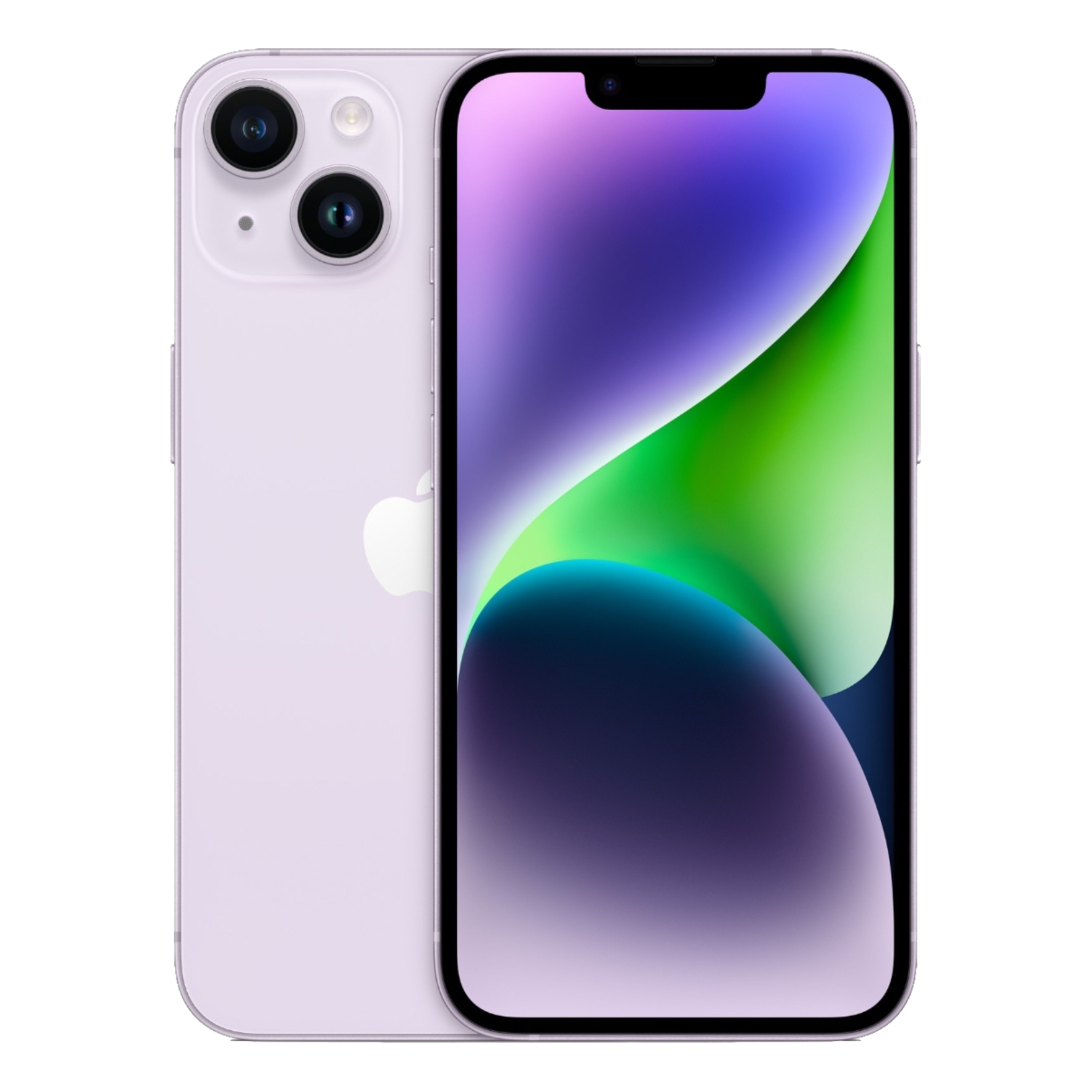
Outmatched
The iPhone 14 isn't a bad phone by any measure, but it is overshadowed by its successor. It has an OLED screen and powerful hardware, but it doesn't get as bright — or as fast — and the battery doesn't last as long. The cameras aren't as good either, and you miss out on USB-C charging. There really is no reason to buy the iPhone 14 right now, and even if you're getting it for slightly less, you should opt for the iPhone 15.
For
- Gorgeous OLED screen
- Powerful in daily use
- Great cameras
- Good battery life
Against
- Large cutout looks unsightly
- Isn't as fast as iPhone 15
- Cameras not as good as this year
- Charges via Lightning port
- Screen limited to 60Hz, no always-on mode
- No charger in the box
Apple iPhone 15 vs. iPhone 14: Design and screen
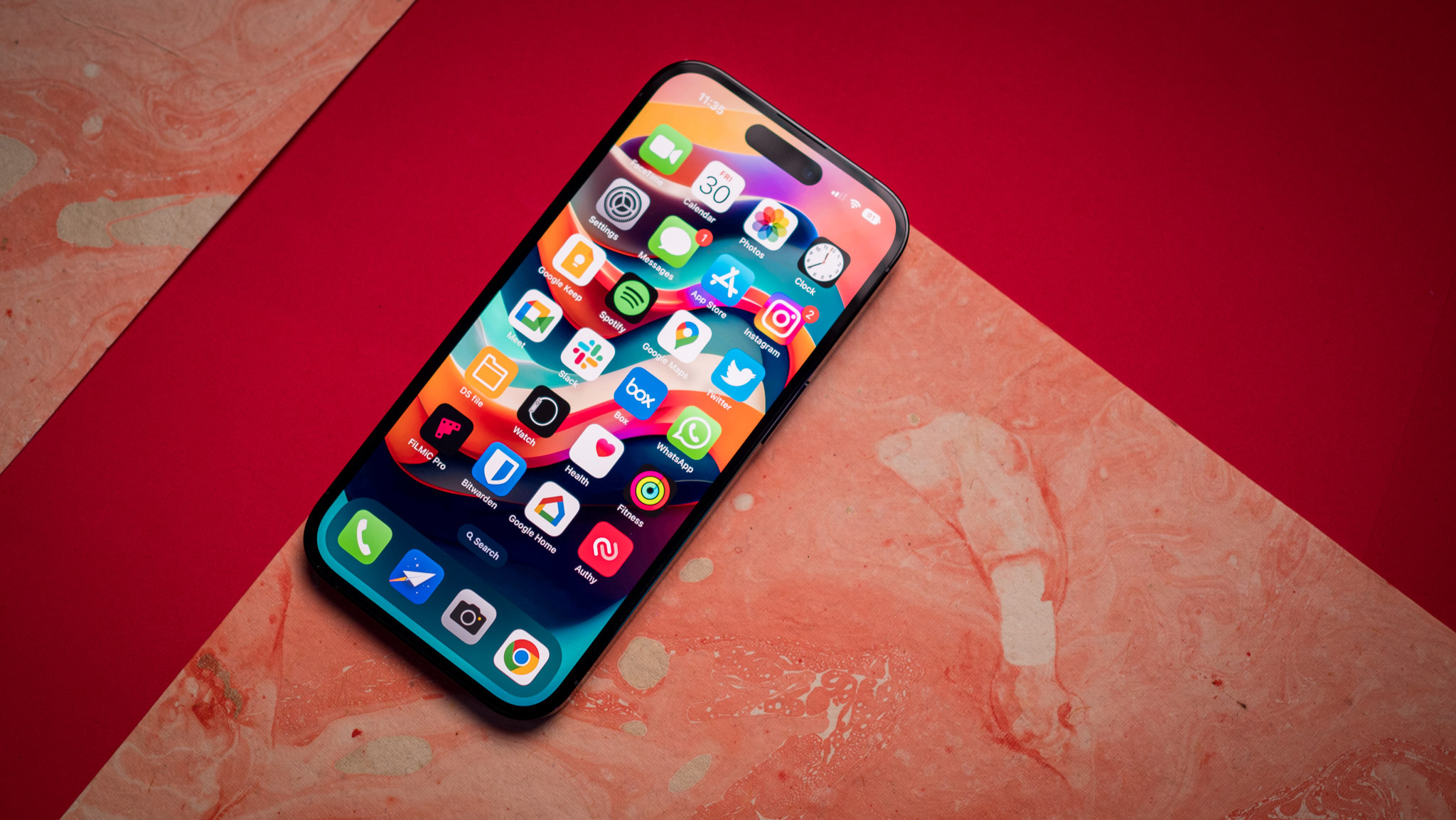
The iPhone 15 has the same dimensions as its predecessor, and looks the same. That said, there are a few subtle tweaks to the design with this generation; there's uniform color throughout the back and mid-frame, so if you're interested in getting the blue or yellow models, you'll get the same shade throughout. This isn't new as such, with the iPhone 14 also offering something similar, but the iPhone 15 looks that much more striking.
Of course, the biggest change is at the front — the iPhone 15 has the new Dynamic Island cutout, making it look that much more modern. It makes a noticeable difference in daily use, and with the feature debuting on the iPhone 14 Pro series last year, there are now plenty of services that offer Live Actions to take advantage of the cutout.
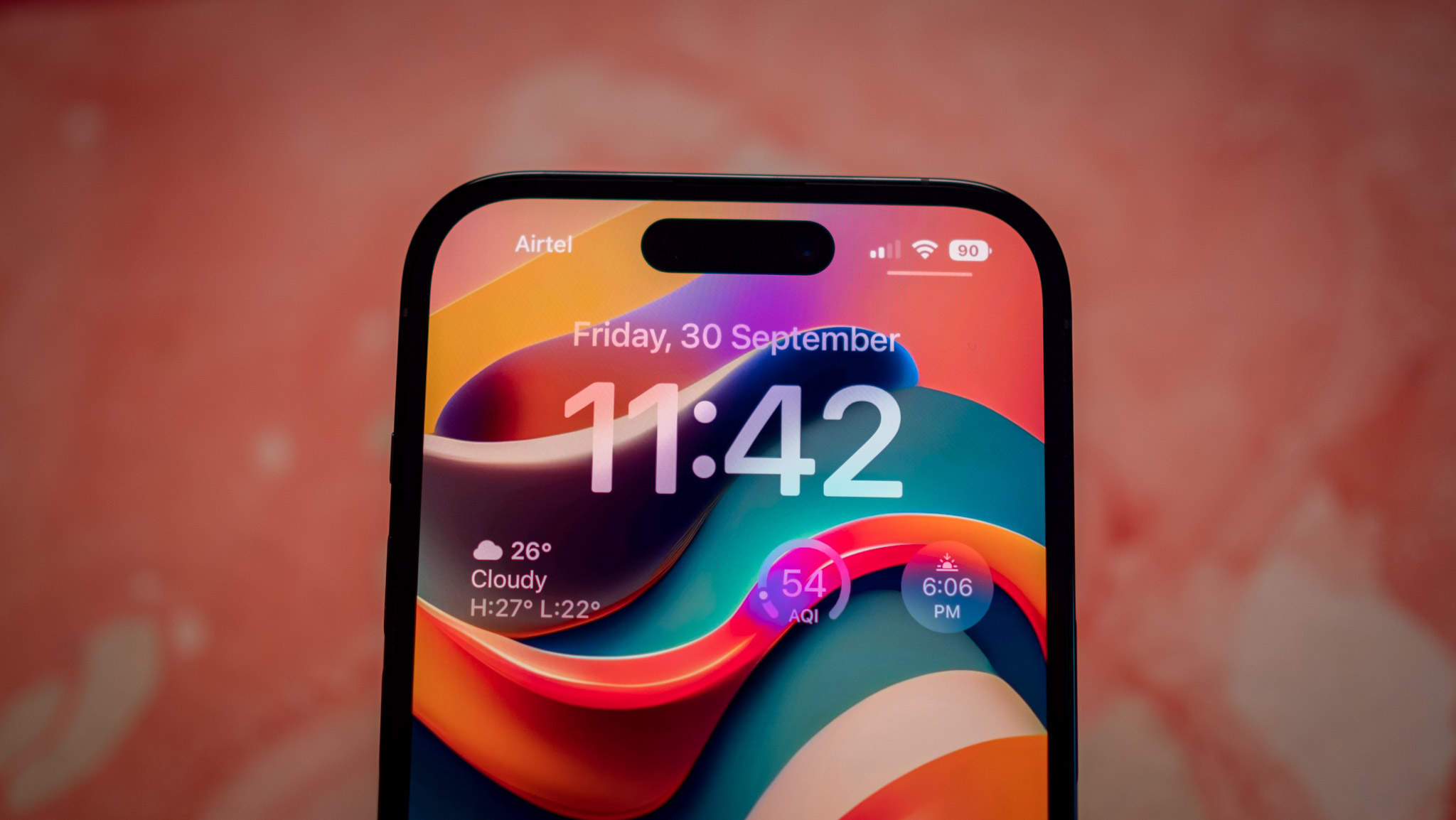
So whether you're streaming songs in Spotify, ordering food, booking a ride via Uber, or just setting a timer, you'll be able to see a real-time indicator on the Dynamic Island, and it is one of my favorite features on the iPhone. By contrast, the iPhone 14 looks outdated, and the older notch takes up too much real estate without offering any meaningful additions other than Face ID.
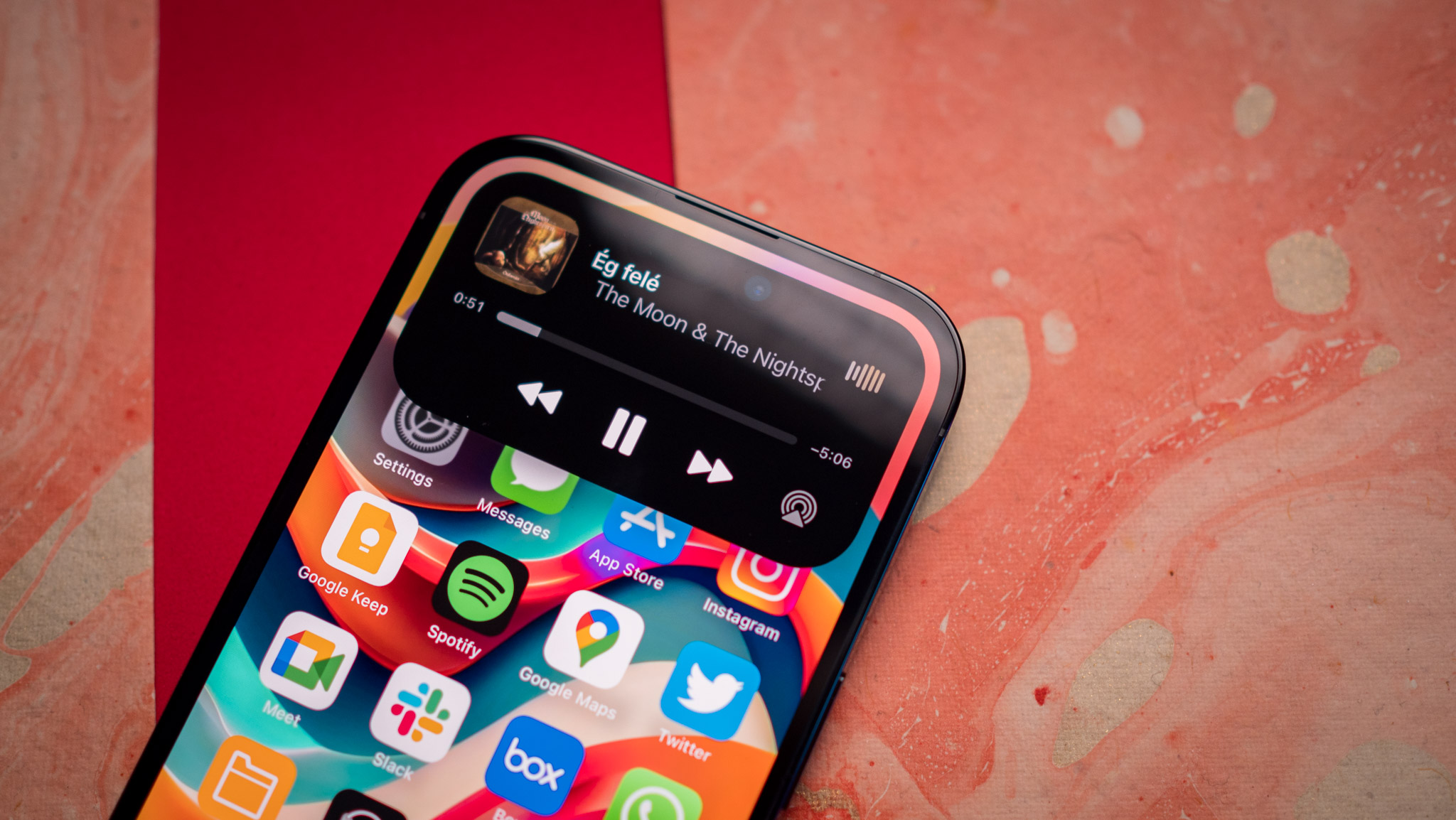
The screen size hasn't changed between generations, with the iPhone 15 offering the same 6.1-inch OLED panel as last year. What has changed is the brightness; the iPhone 15 goes up to 2,000 nits in outdoor use, significantly more than the 1,200 nits managed by the iPhone 14. Otherwise, both phones use the same glass protection and have a similar feature-set.
And while the iPhone 15 has Dynamic Island, the one feature it misses out on is 120Hz refresh. That is still limited to the Pro models, so the screen is locked to 60Hz. Now, this isn't a huge limitation in daily use as iOS is fluid, but when you put it next to the iPhone 14 Pro or 15 Pro, you start to notice the difference.
Another feature that's missing is the always-on mode. This relies on the screen refresh being able to go down to 1Hz, and as that's not feasible on the iPhone 15 or iPhone 14, you don't get the mode.
Apple iPhone 15 vs. iPhone 14: Hardware and cameras
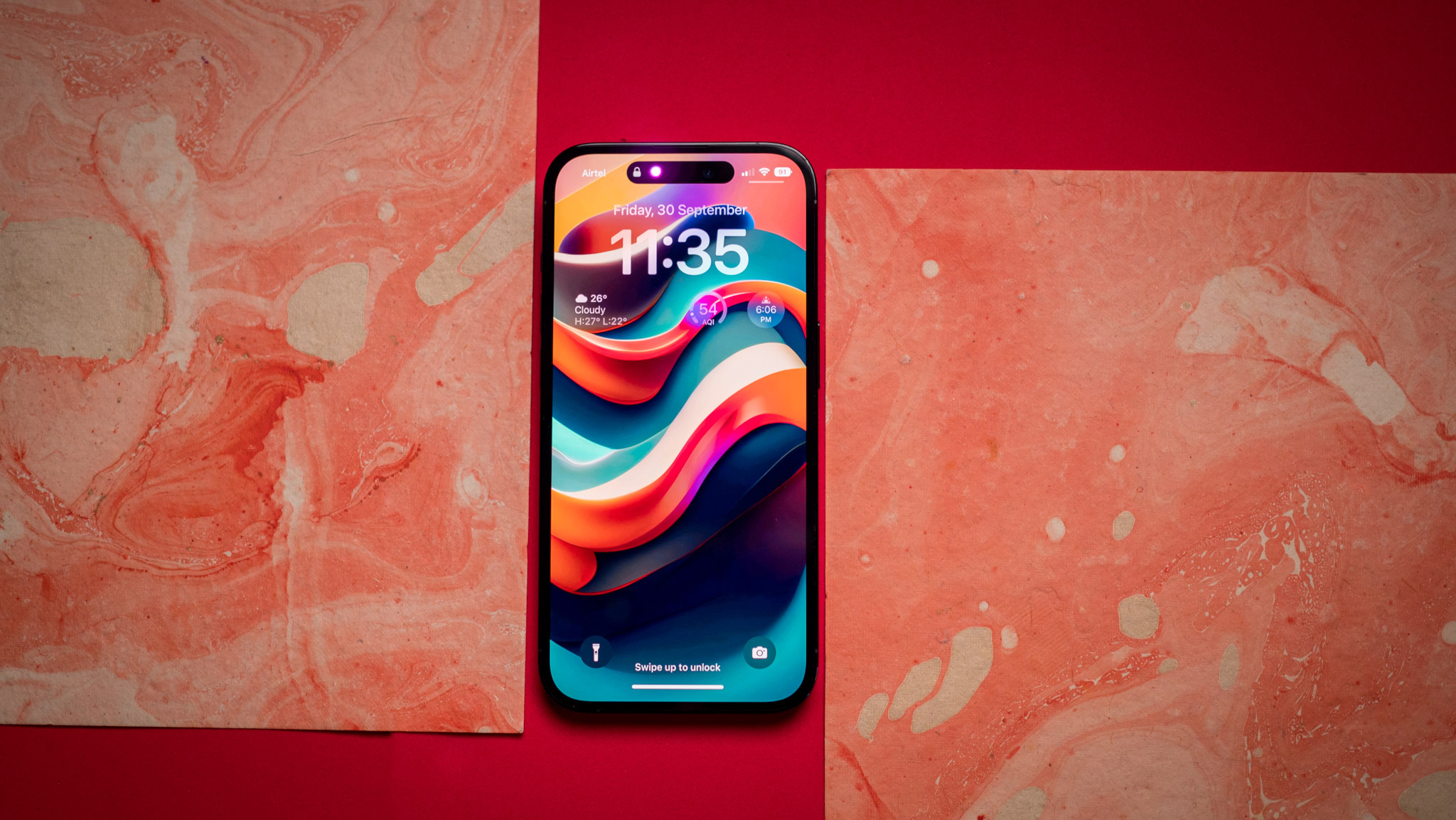
The big talking point on the hardware side of things is that the iPhone 15 is powered by the A16 Bionic, the chipset that debuted last year on the Pro models. The A16 has terrific performance in 2023, and continues to be one of the fastest chipsets on a phone. And although the A15 Bionic on the iPhone 14 is no slouch, it doesn't quite measure up to the A16 in single-core and multi-core workloads, as well as gaming.
But when it comes to day-to-day use, both phones are terrific — they handle mundane tasks and intensive games without breaking a sweat, and while the iPhone 15 has much better headroom, right now, you don't notice too much of a difference between the two.
The rest of the hardware is largely identical; they start out with 128GB of storage, feature 6GB of RAM as standard, and have similar-sized batteries. The iPhone 15 has a slightly larger cell, and the efficient A16 allows the device to last longer than the iPhone 14, but it uses the same charging tech.
| Category | iPhone 15 | iPhone 14 |
|---|---|---|
| OS | iOS 17 | iOS 17 |
| Display | 6.1-inch XDR OLED (2556x1179), 60Hz, 2000 nits max brightness, Ceramic Shield | 6.1-inch XDR OLED (2532x1170), 60Hz, 1200 nits max brightness, Ceramic Shield |
| Chipset | Apple A16 Bionic, 2 x 3.46GHz Everest + 4 x 2.0GHz Sawtooth cores, 5-core GPU, 4nm | Apple A15 Bionic, 2 x 3.23GHz Avalanche + 4 x 1.8GHz Blizzard cores, 5-core GPU, 5nm |
| RAM | 6GB | 6GB |
| Storage | 128GB/256GB/512GB | 128GB/256GB/512GB |
| Rear camera 1 | 48MP f/1.8, 1.0um pixels, sensor-shift OIS | 48MP f/1.8, 1.9um pixels, sensor-shift OIS |
| Rear camera 2 | 12MP f/2.4 wide-angle, 1.4um pixels, 120-degree FoV | 12MP f/2.4 wide-angle, 1.4um pixels, 120-degree FoV |
| Front camera | 12 MP f/1.9 autofocus, 4K at 60fps video | 12 MP f/1.9 autofocus, 4K at 60fps video |
| Connectivity | Global 5G bands, Wi-Fi 6, Bluetooth 5.3, NFC, UWB 2, Emergency SOS | Global 5G bands, Wi-Fi 6, Bluetooth 5.3, NFC, UWB, Emergency SOS |
| Ingress Protection | IP68 dust and water resistance, 6 meters for 30 minutes | IP68 dust and water resistance, 6 meters for 30 minutes |
| Security | Face ID | Face ID |
| Audio | Stereo sound, USB-C port | Stereo sound, Lightning jack |
| Battery | 3349mAh battery, 20W wired charging, 15W MagSafe | 3279mAh battery, 20W wired charging, 15W MagSafe |
| Dimensions | 147.6 x 71.6 x 7.8mm, 171g | 146.7 x 71.5 x 7.8mm, 172g |
| Colors | Black, Blue, Green, Yellow, Pink | Midnight, Purple, Starlight, Blue, Yellow, Red |
The biggest change on that front is the switch to USB-C; the iPhone 15 uses the universal standard to charge, and that makes it significantly easier to charge and use with other devices.
The iPhone 15 has another upgrade on the camera front; you get a 48MP camera at the back alongside a 12MP wide-angle lens, and it is fabulous. Now, the iPhone 14 takes great photos in any condition, but the iPhone 15 is in a class of its own, and the higher-res sensor allows the device to take much better photos in low-light scenarios.
Apple iPhone 15 vs. iPhone 14: Which should you buy?
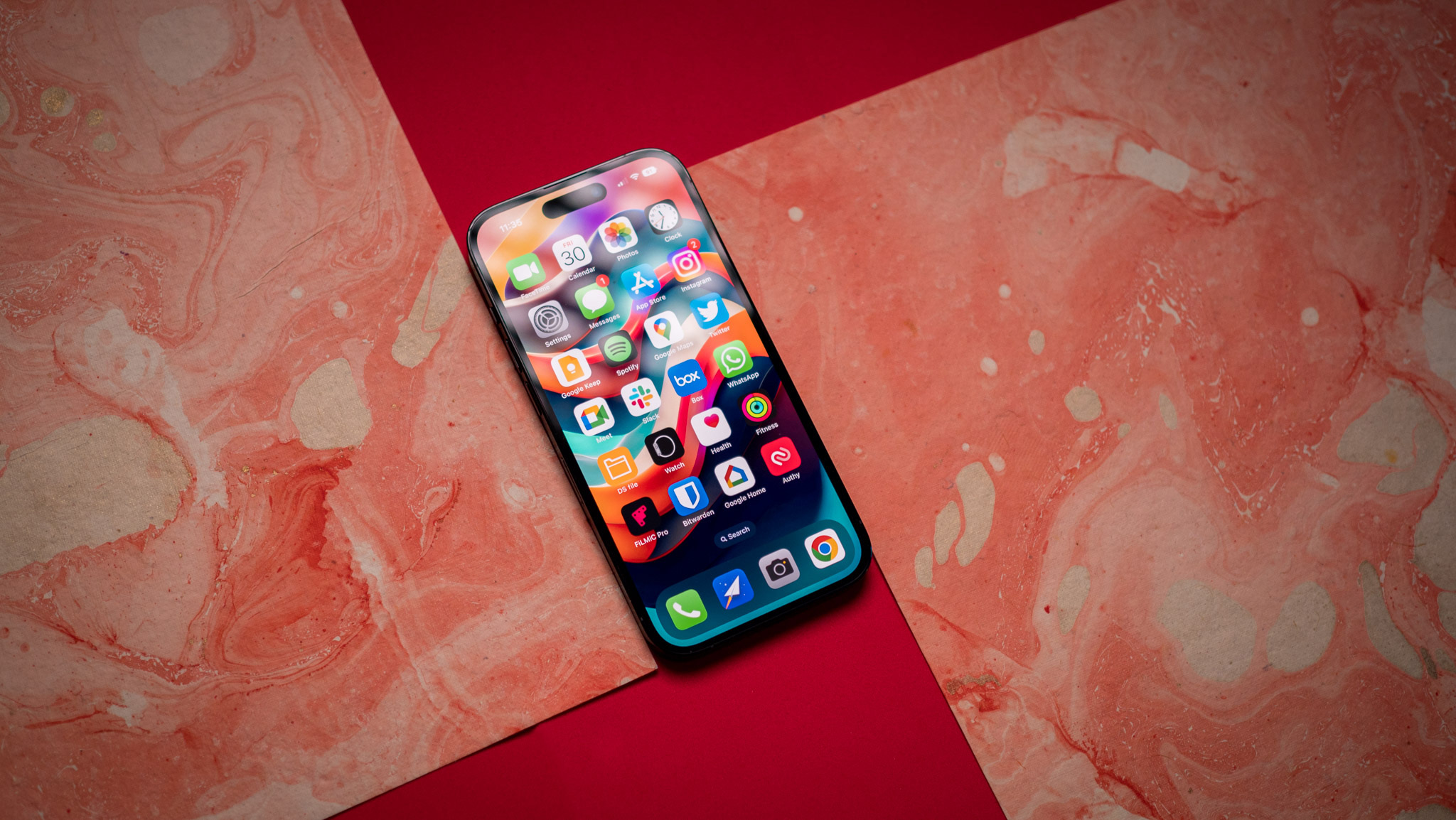
If you need a new iPhone right now, you should get the iPhone 15. It has meaningful upgrades across the board from the iPhone 14, and is a much better device in daily use. You get the ability to charge via USB-C, the 48MP camera at the back takes noticeably better photos in any given situation, the A16 Bionic is fantastic at gaming, and the battery lasts a little bit longer.
Honestly, I don't see a reason to pick up the iPhone 14; sure, it may cost a little less than the iPhone 15, but given the number of upgrades on offer this year, you should consider getting the latter.

Pro upgrades
The iPhone 15 is packed with all the upgrades you care about, and it is the obvious choice here. You get better cameras, a brighter screen, better battery life, and universal charging via USB-C.

Outmatched
I wouldn't suggest getting the iPhone 14 if you're looking to buy a new iPhone this year. The iPhone 15 has much more to offer, and costs about the same.
Be an expert in 5 minutes
Get the latest news from Android Central, your trusted companion in the world of Android

Harish Jonnalagadda is Android Central's Senior Editor overseeing mobile coverage. In his current role, he leads the site's coverage of Chinese phone brands, networking products, and AV gear. He has been testing phones for over a decade, and has extensive experience in mobile hardware and the global semiconductor industry. Contact him on Twitter at @chunkynerd.
